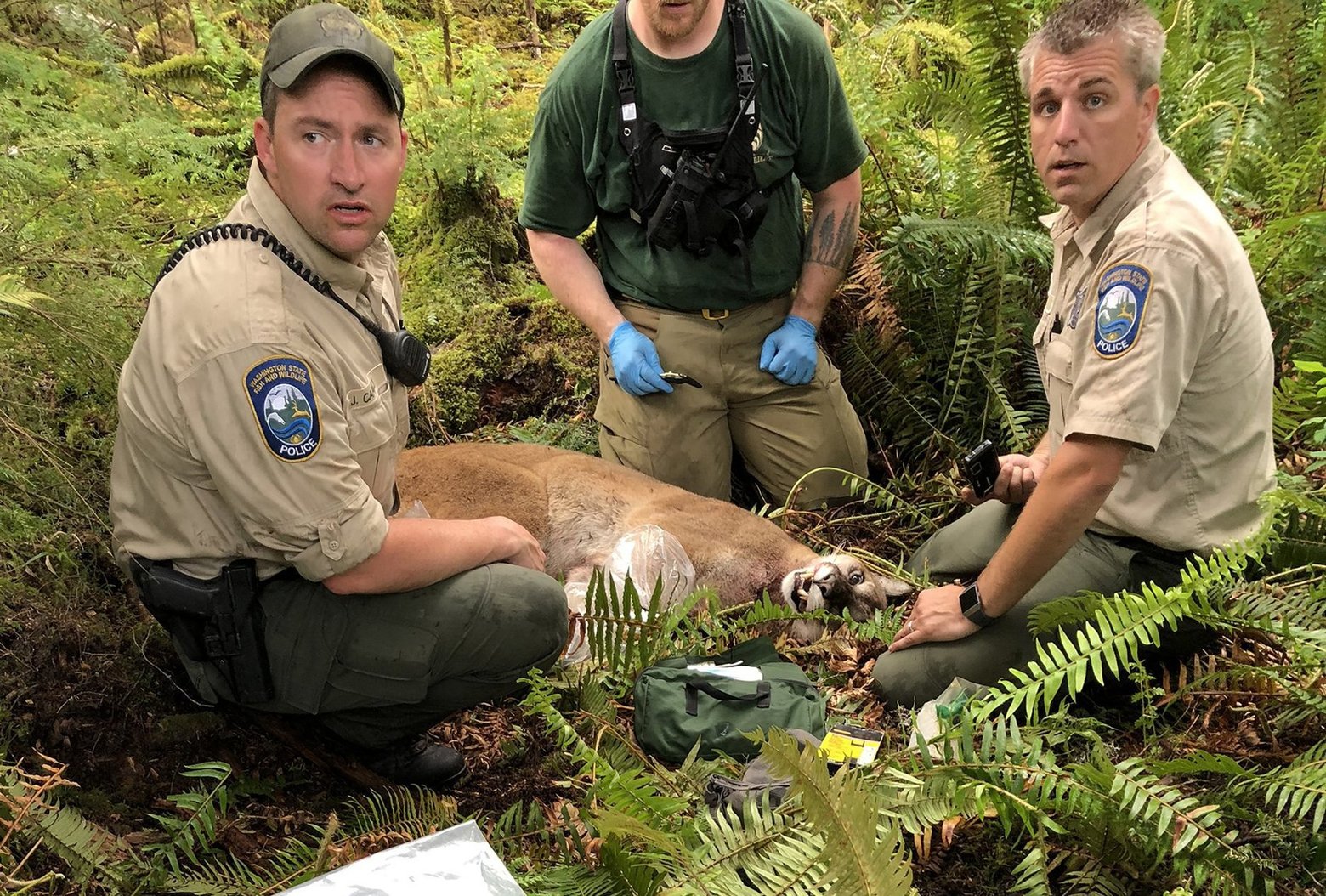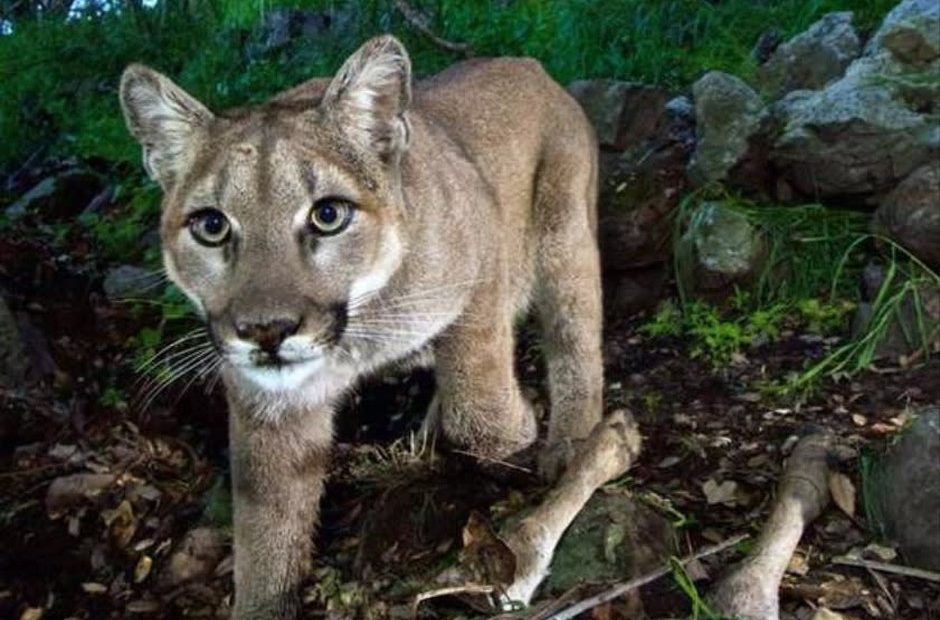
Study: Evidence Does Not Support Hunting As A Way To Control Cougar Population
Read On
Most Western states rely on hunters to keep cougar numbers in check. It makes a sort of logical sense: if cougar populations are high, attacks on elk, bighorn sheep and deer should be high. So should attacks on livestock and humans.
But a new study casts doubt on the effectiveness of sport hunting as a means of predator control.
“Apparently, none of the states have ever really thought or cared to see if sport hunting as a management tool is having an impact on the common justifications for the sport,” says John Laundré, a biologist at Western Oregon University and the author of the study, which was published in February in the journal PLOS One.
Controversial Practice
Cougar hunting in Oregon is controversial. Advocacy groups like Predator Defense and Oregon Wild say these big cats are a necessary part of the ecosystem and shouldn’t be hunted at all. Hunters, ranchers and some of the people who live in or near cougar habitat say that hunting should be increased because cougars threaten their safety and that of their pets and livestock.
California is the only western state with a large cougar population that doesn’t allow sport hunting. The state euthanizes cougars if they attack livestock, pets or humans, or if they’re threatening endangered bighorn sheep. Laundré compared data from California to ten other western states with similar cougar populations.
Laundré thought that if sport hunting is an effective management tool, hunting-free California should have higher rates of cougar conflicts and lower numbers of prey species like elk and deer. They should also have more cougars.
“That’s why we call it ‘the elephant in the room.’ All of these states know about California, but they refuse to look at the data,” Laundré says.
His study found that California had similar cougar densities and rates of attacks on cattle as those in other states. But cougars generally avoid cattle, and prefer smaller animals like sheep. By a long shot, California has the smallest number of sheep attacks. Laundré found that hunting had little-to-no effect on prey animal densities.
California had the third-lowest rate of per-capita attacks on people, with 0.4 attacks per million persons. Montana had the highest, with 7.1 attacks per million people. Many people in California live in urban areas and will never encounter a cougar, so it can also be helpful to look at the rate of encounters and perceived threats to people or livestock. California, the most populated state with the largest number of people recreating in cougar country, reported an average of 200 incidents per year. Washington reported 578 incidents per year, and Oregon reported 328.
Laundré says that if sport hunting was effective, they would have seen the opposite: more conflicts of these types in California than in states that allow cougar hunting. The Oregon Department of Fish and Wildlife did not comment on the paper or their use of sport-hunting by the time of publishing.
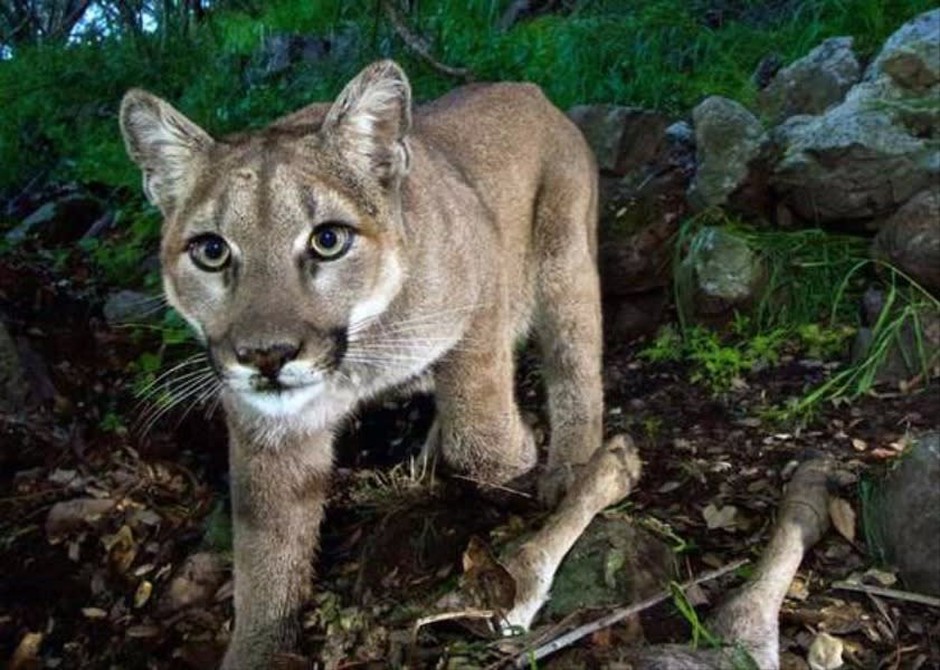
File photo. Problem encounters with cougars have increased in Oregon’s Willamette Valley. CREDIT: National Park Service
Studies like this one are particularly hard to do. Every state counts cougar populations differently. And states vary in size and habitat type. Laundré estimated the amount of cougar habitat in each state, and used that to figure out how dense the cougar population was.
Much of the data Laundré used came either from the states’ fish and wildlife agencies or federal databases. Past studies have shown that some states’ population estimates may not be accurate.
Laundré acknowledges this. He’s a frequent critic of the way many states estimate predator and prey populations.
“The data isn’t great,” he said. “But if the states say it’s good enough for them to make management decisions like how many animals to kill, then it’s good enough to test some of these predictions.”
If they disagree with his findings, well, “it’s their own data.”
Not The First
Laundré’s study is not the first to investigate these ideas, but it is the first to compare cougar management across several states. It’s particularly challenging, Laundré says, because it’s difficult to set up a controlled test. States can’t just stop hunting and see what happens or increase hunting and see what happens. But there’s one state with fine-enough detail to test the effectiveness of hunting: Washington.
The state of Washington is broken down into small game-management units. A certain number of hunting permits for each game species are allowed per unit, depending on the habitat and how well game management populations are doing.
That system allowed biologist Robert Wielgus to conduct several studies of human-cougar conflicts and cougar behavior in zones with little-to-no hunting and zones with a lot of hunting. At the time, he was the director of the Large Carnivore Conservation Lab at Washington State University.
“We thought we’d find that areas with the most hunting would have the lowest number of cougars, and lower numbers of cougar-related problems,” Wielgus says.
But that was not the case. In high-hunting areas, there were more attacks on livestock and people than in similar low-hunting areas. Wielgus found that when a male adult cougar was killed, three or four younger males would enter the territory and compete with each other. These aggressive, young males were much more likely to attack humans or livestock.
Wielgus also found that cougar hunting had unexpected consequences for game animals, some of which are endangered.
Male cougars’ territories overlap with the females. If a male cougar encounters a female with cubs that aren’t his own, he’ll often kill that female.
He explained that if a male was killed, and “several young males move into her territory, she’ll move to a place where cougars aren’t. Usually, that’s higher elevation,” said Wielgus.
That’s a problem, because when those cougars move, they also change their diets. There are no white-tail deer at high elevation. Instead, the females were hunting endangered (now extinct in the U.S.) mountain caribou and bighorn sheep.
Another study in British Columbia looked at the effects of sport hunting on cougar-human interactions. They also found that sport hunting increased attacks on humans and livestock.
“There are only a few studies that really look into this,” says Wielgus. “And they’re all regional. But now, we have Laundré’s paper – and each time, the results are the same.”
Copyright 2020 Oregon Public Broadcasting. To see more, visit opb.org
Related Stories:
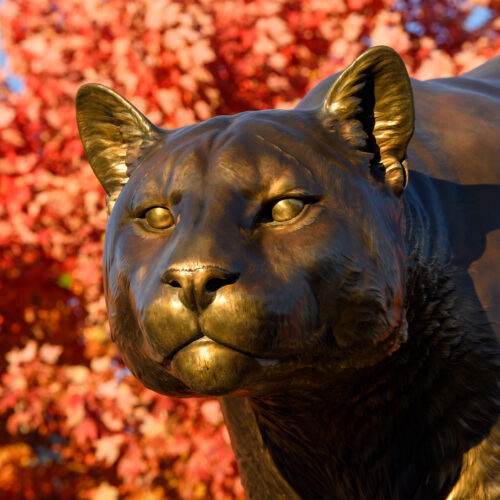
Real-life cougar stalks Washington State University’s lambs in Pullman, home of the Cougars
A Cougar statue at Washington State University in Pullman. A real-life cougar is suspected of killing several spring lambs at WSU this week. Officials are warning students, staff and faculty
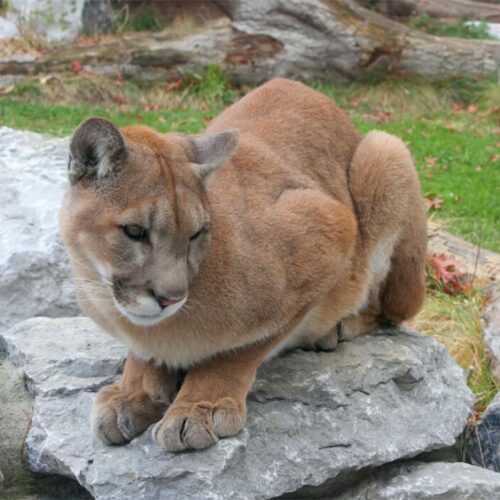
Washington Bill Aims To Stop Controversial Cougar Hunts In Klickitat County
A new bill in the Washington Senate aims to stop a controversial policy in Klickitat County, where the sheriff deputized six hound handlers to track and kill any cougars he deemed to be a safety threat.
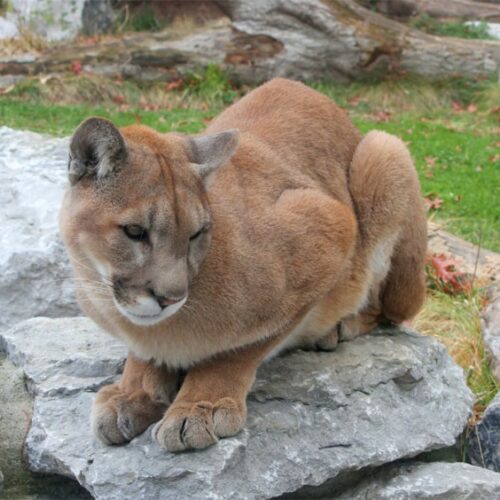
Judge Rules Klickitat County Sheriff’s ‘Dangerous Wildlife Policy’ Isn’t Illegal
Wildlife advocates sued Klickitat County Sheriff Bob Songer after he deputized hound handlers to track and kill cougars.

